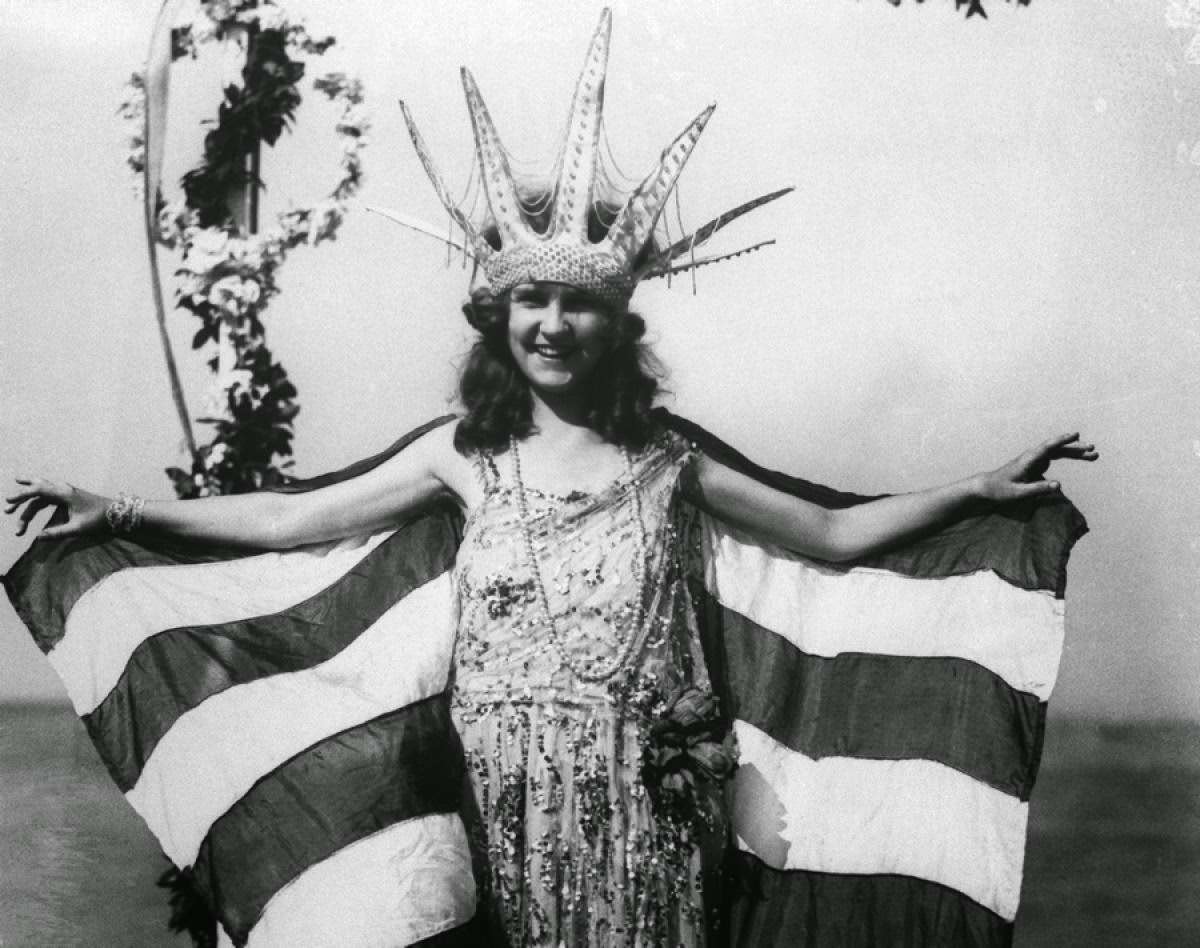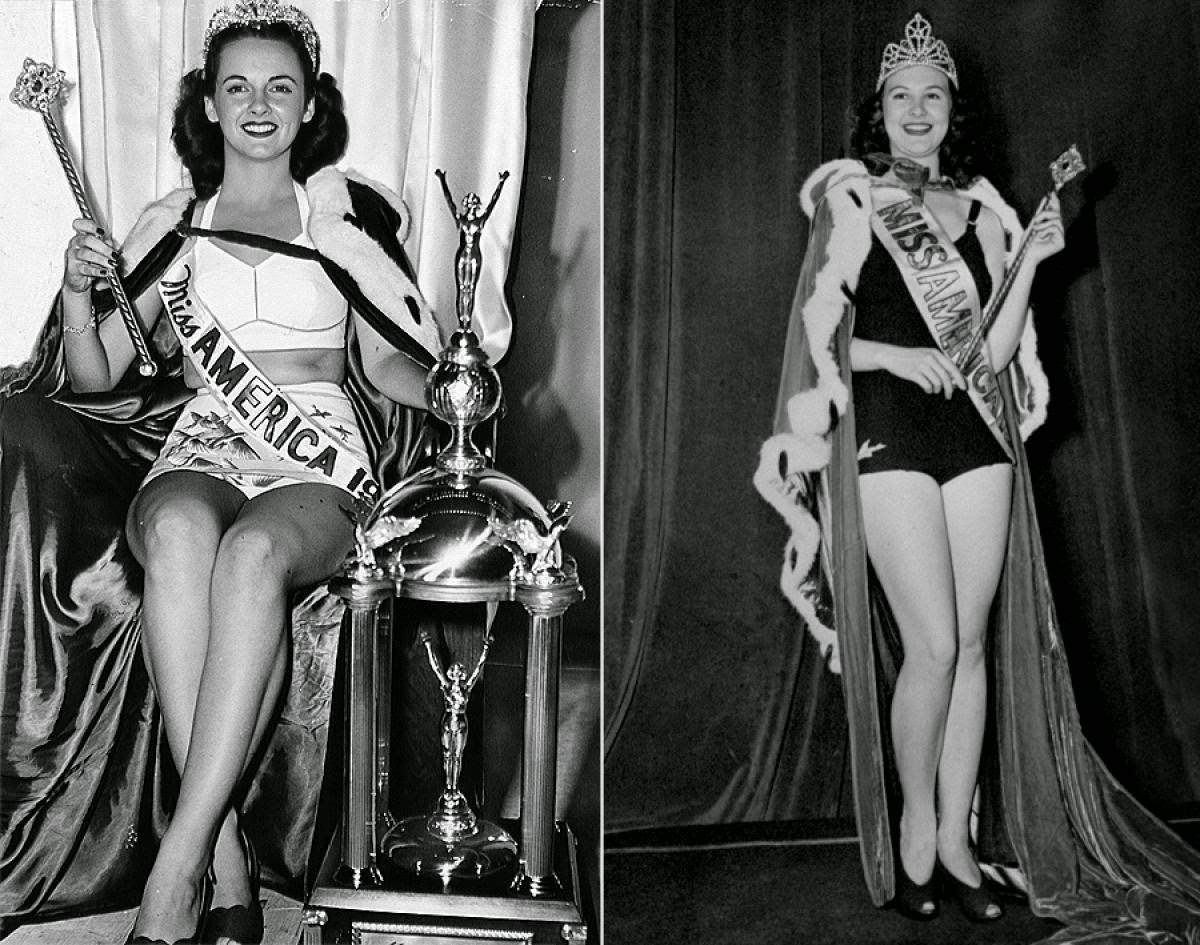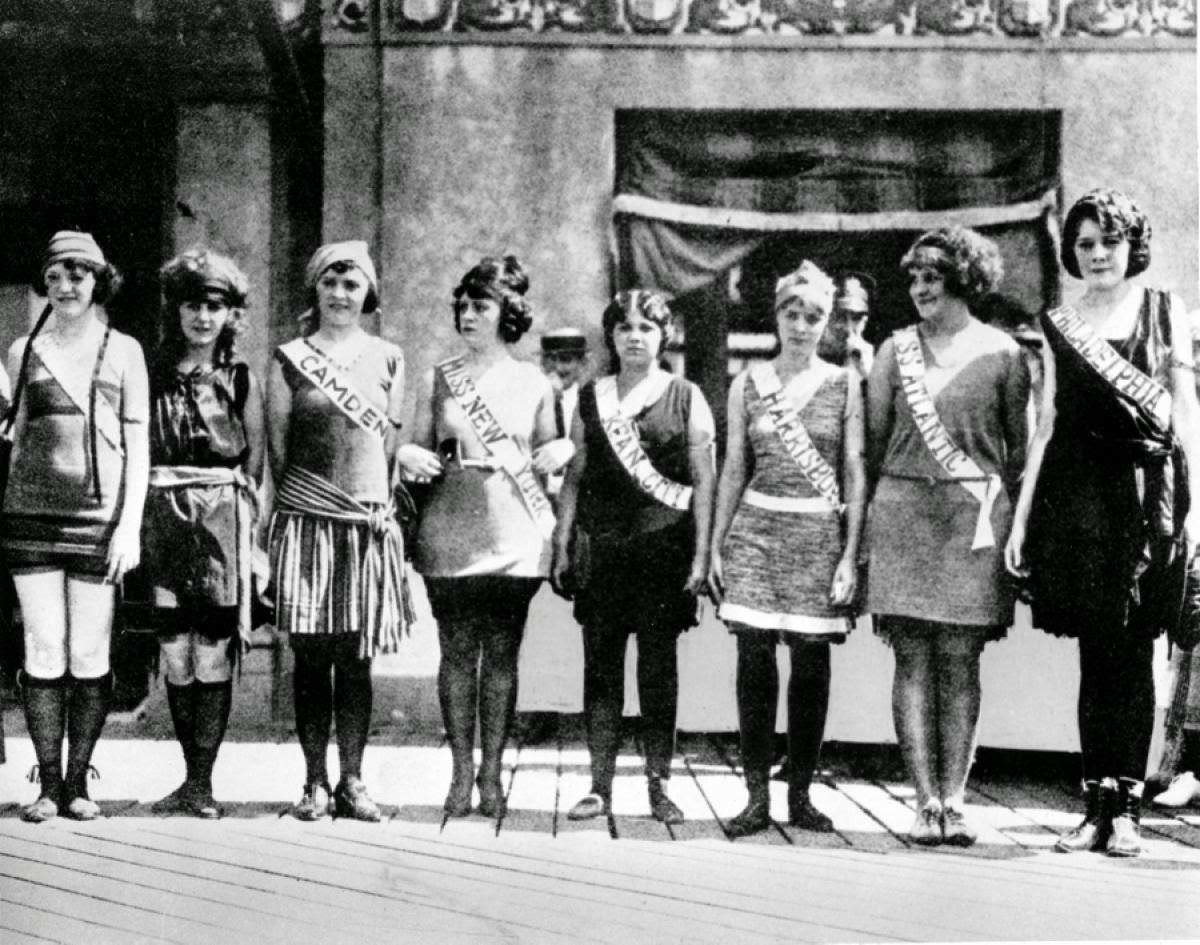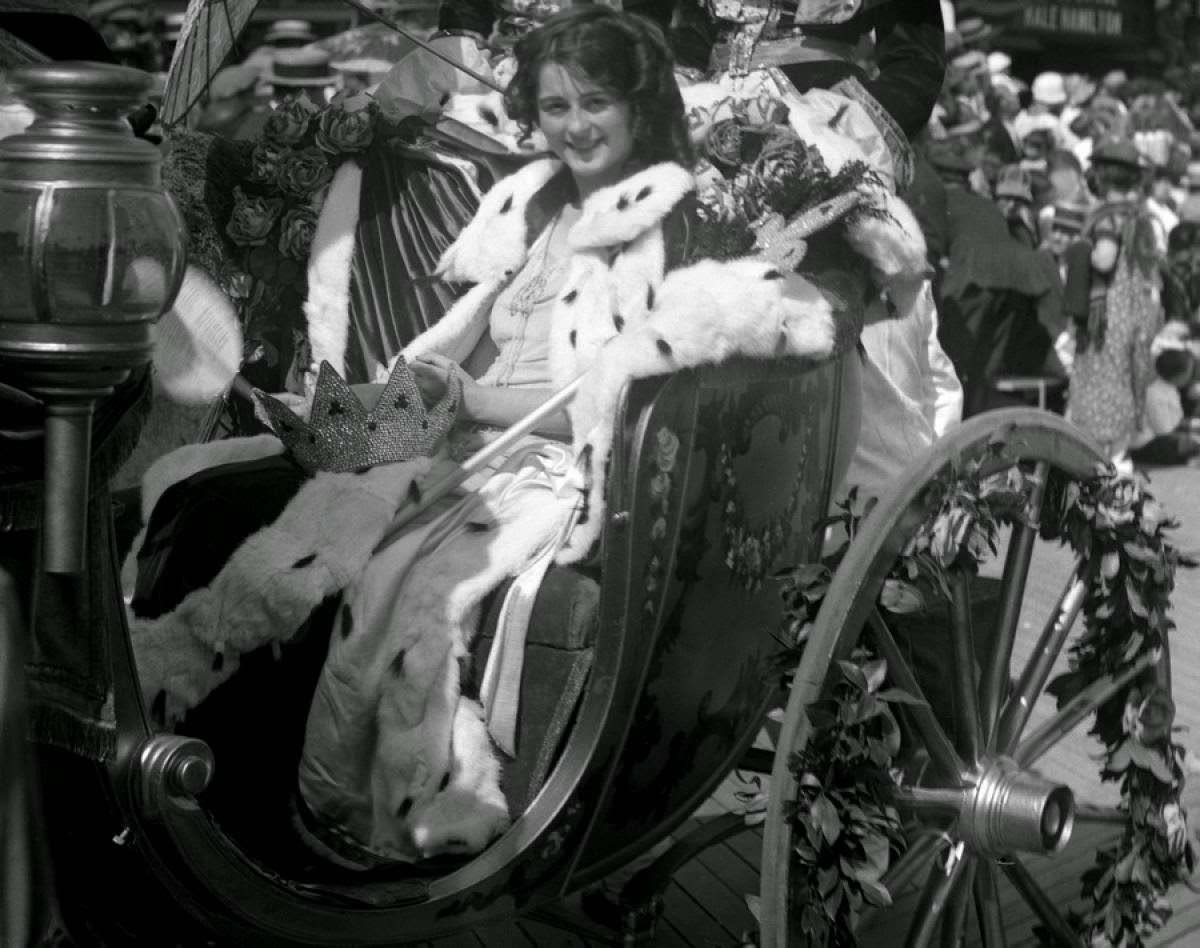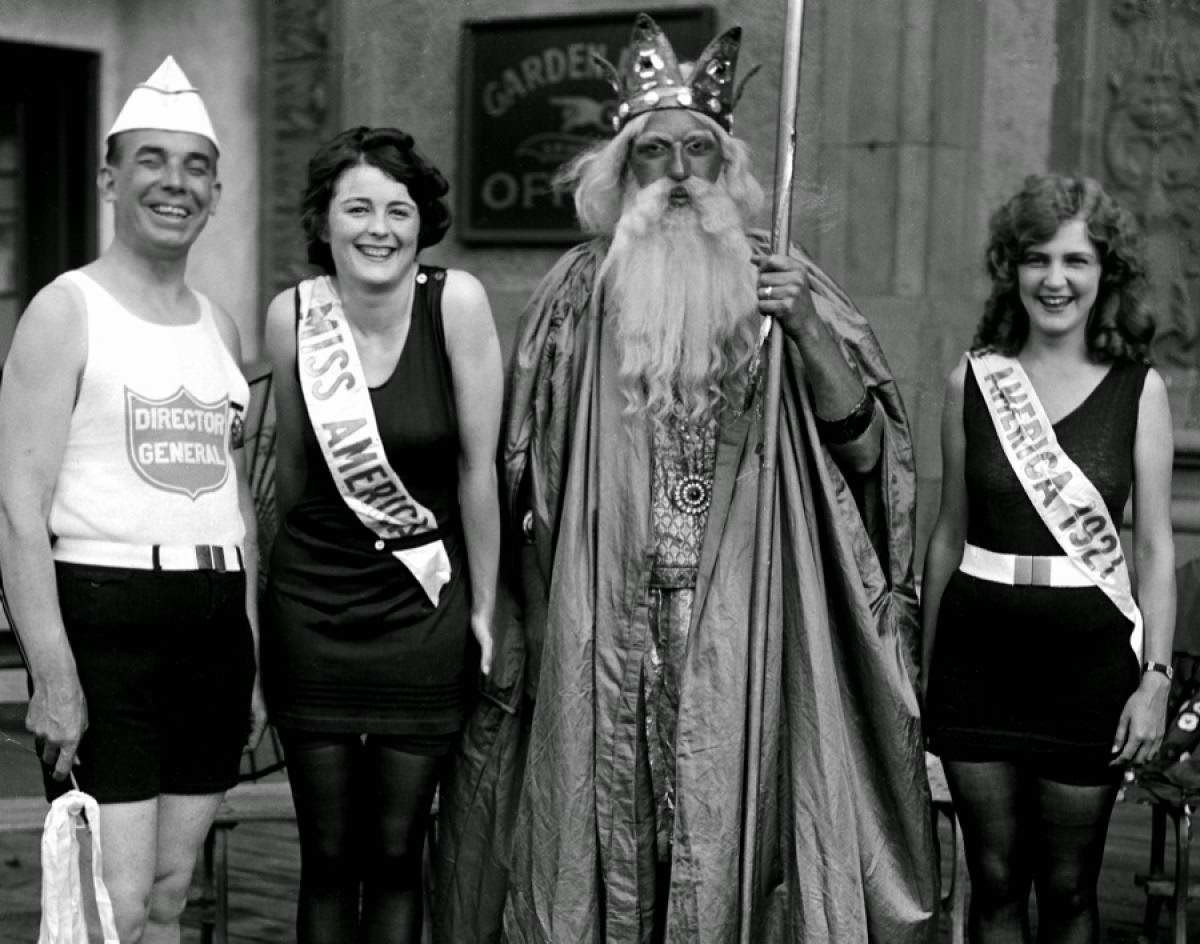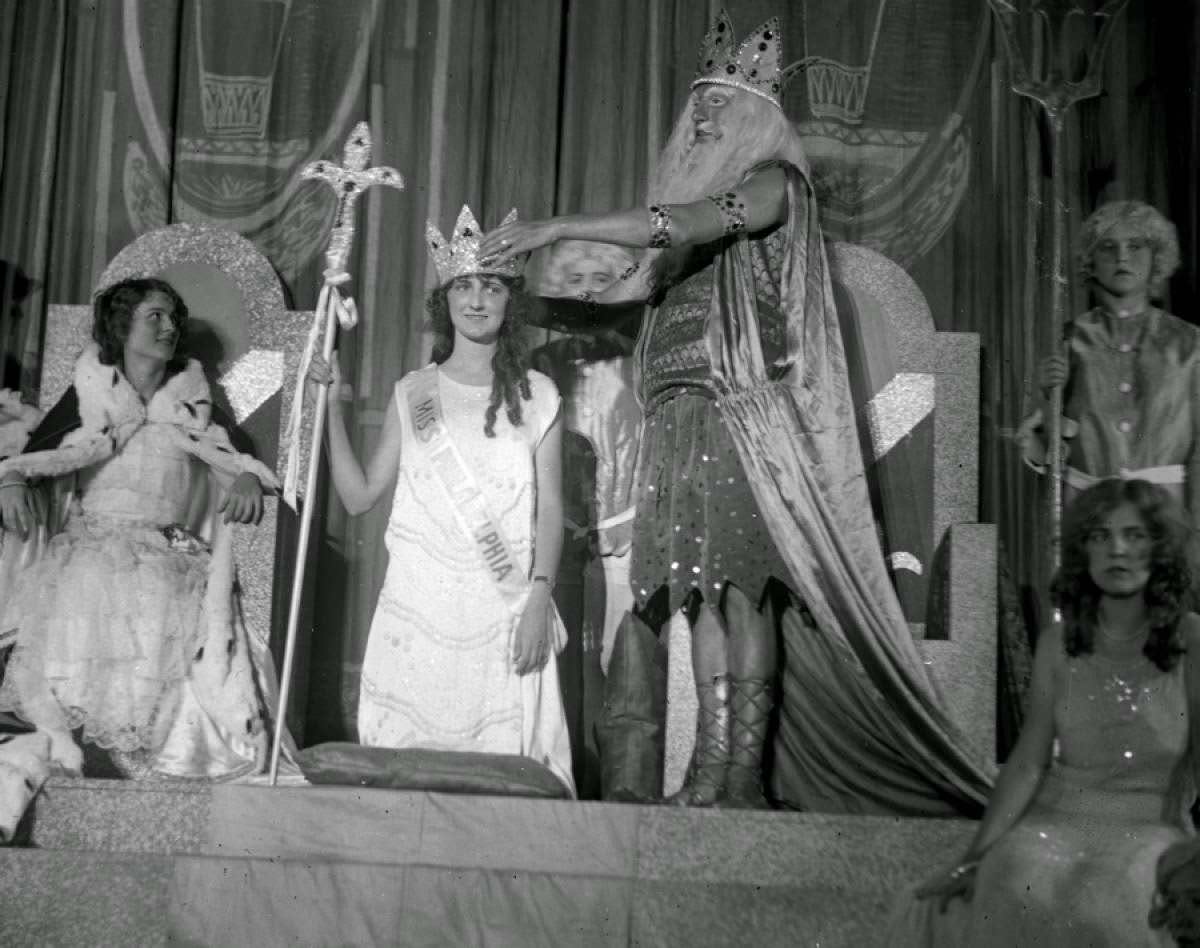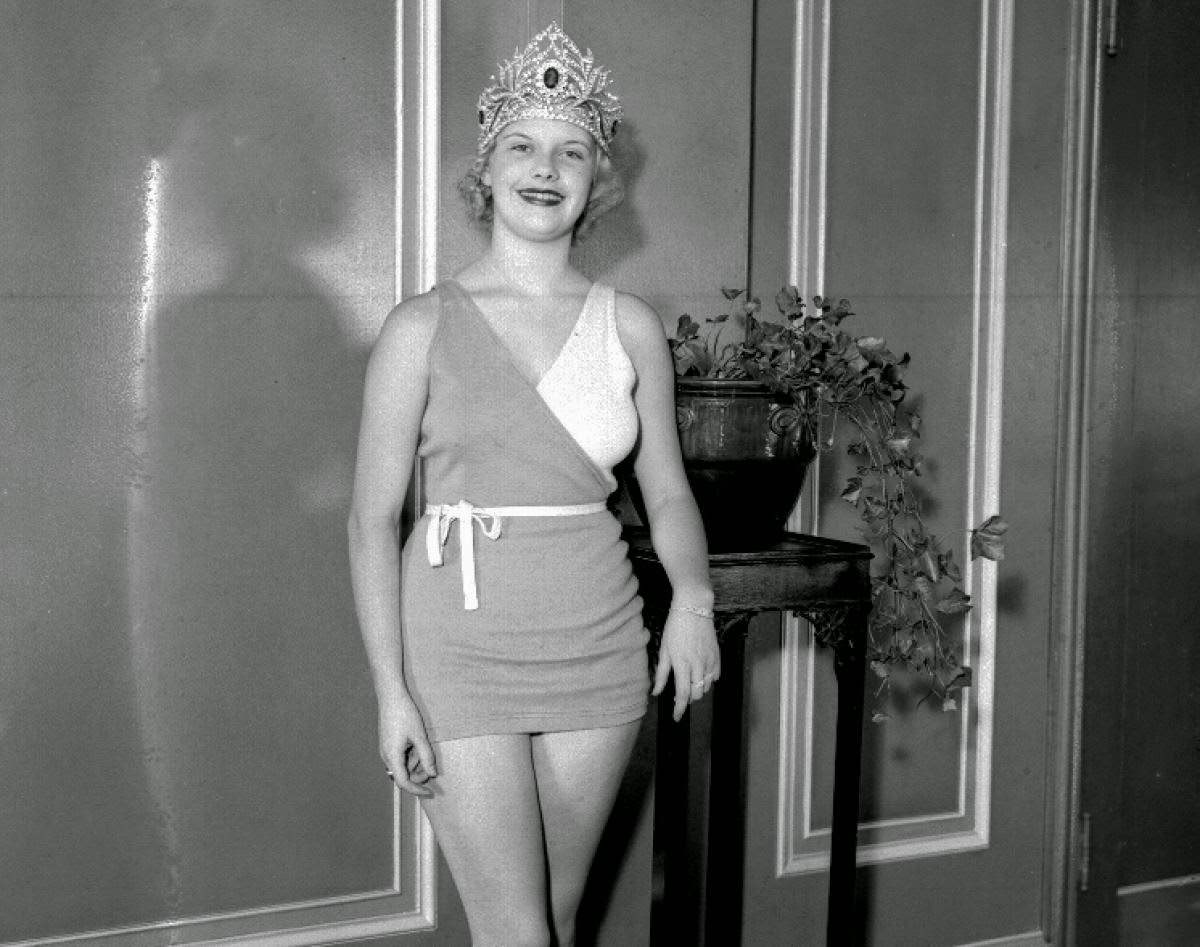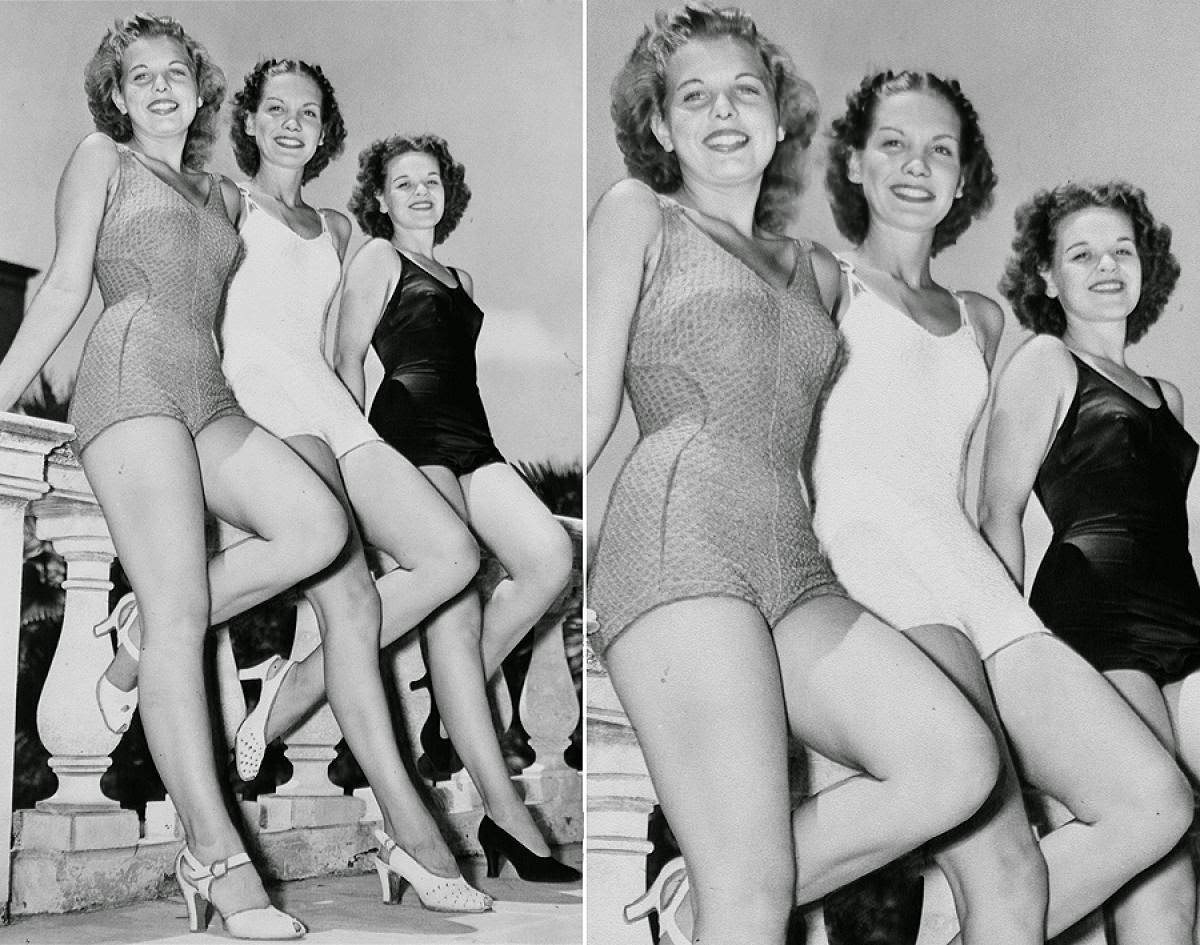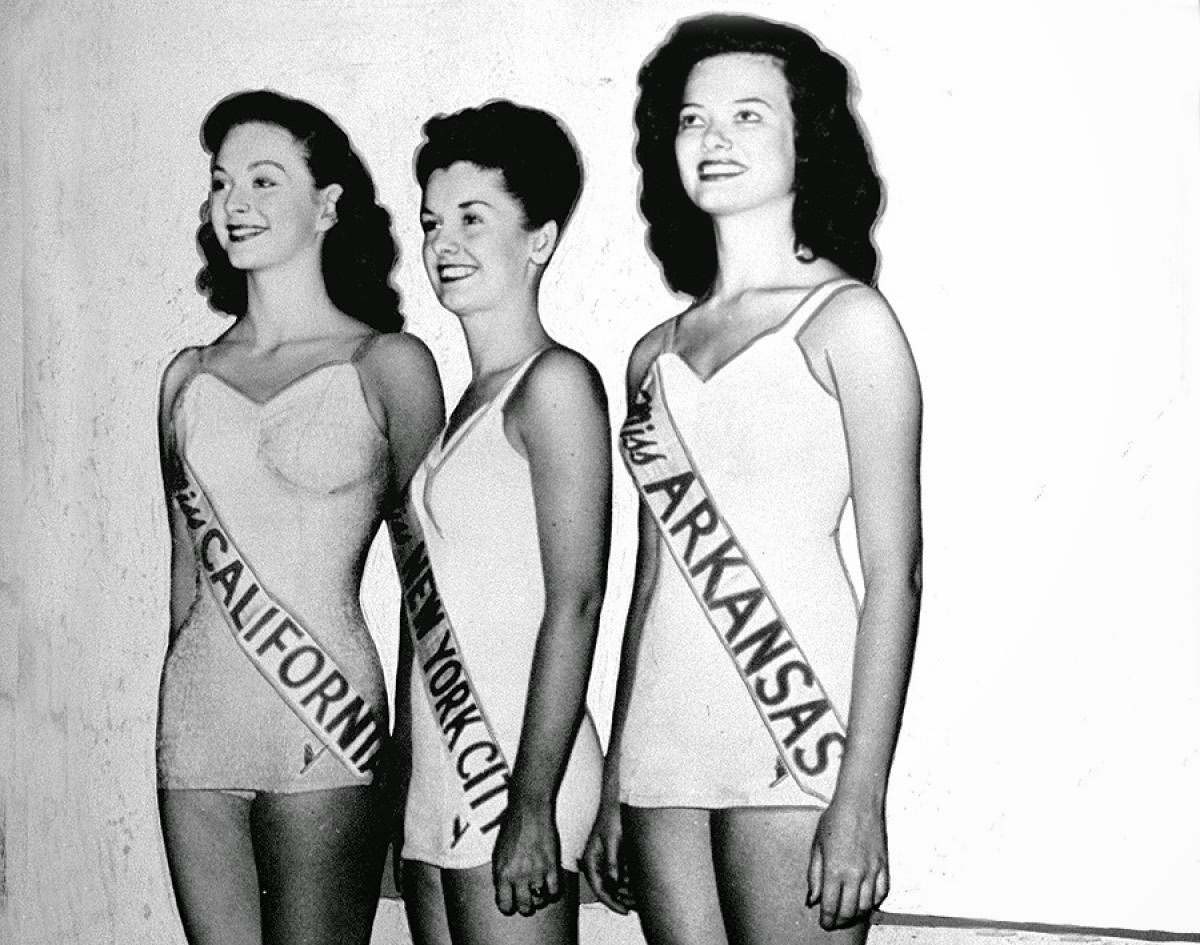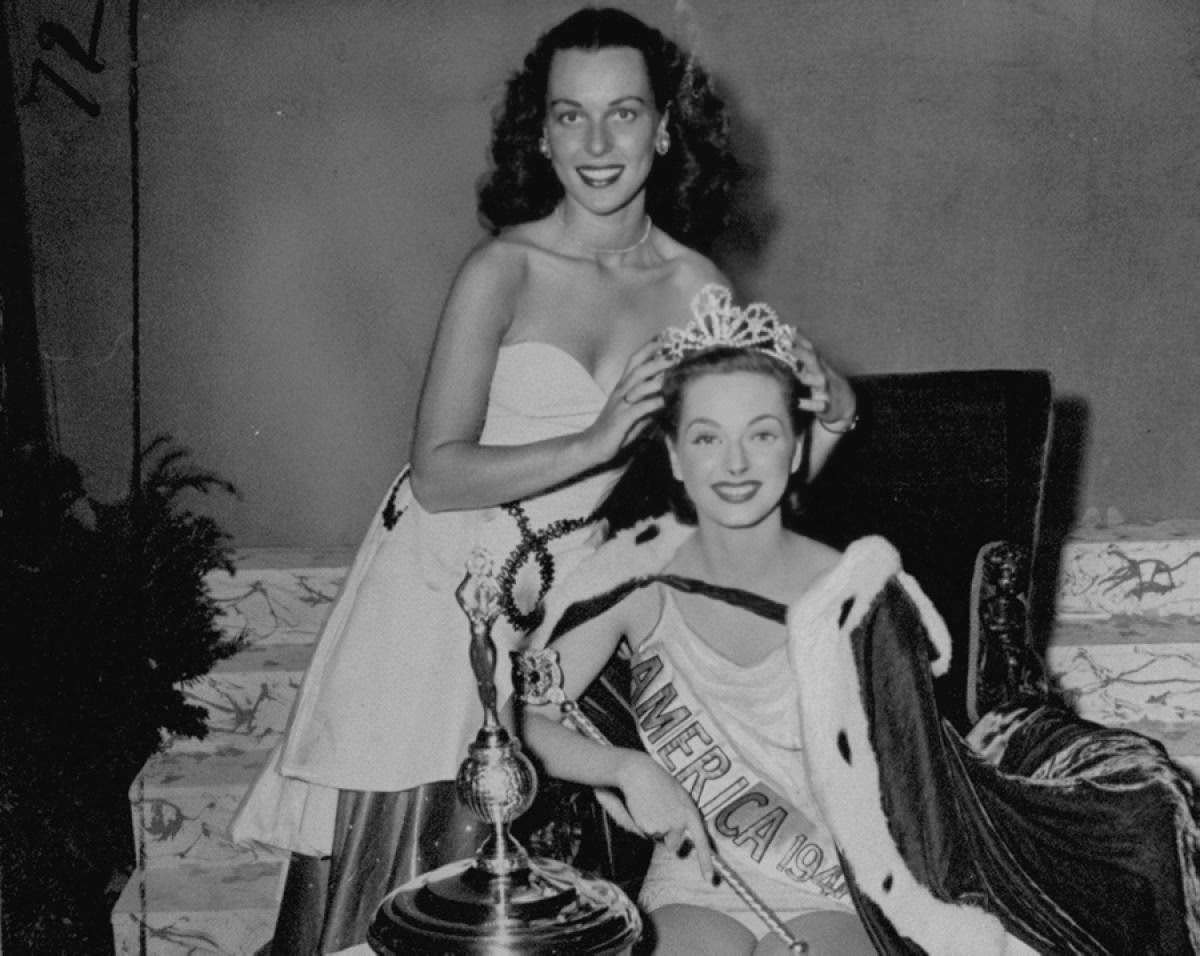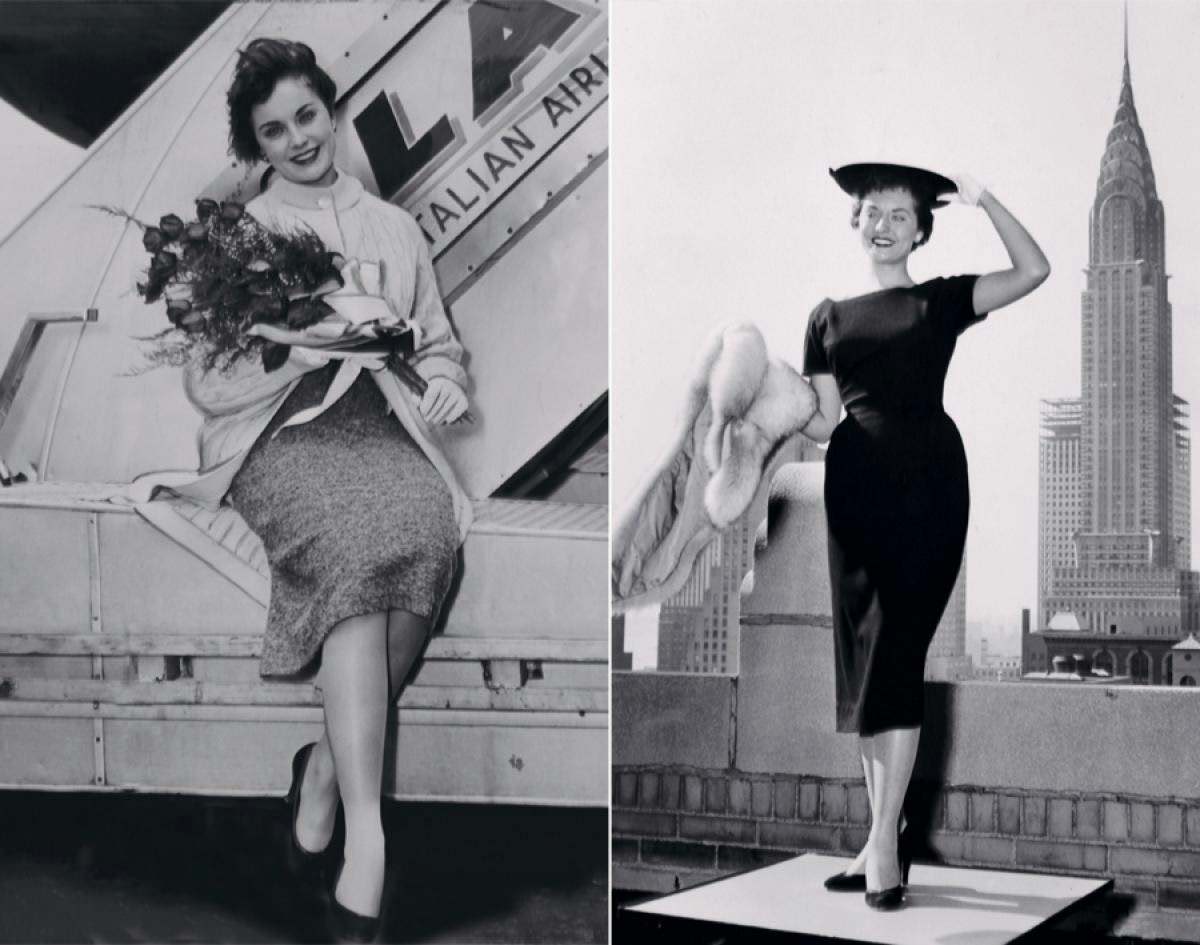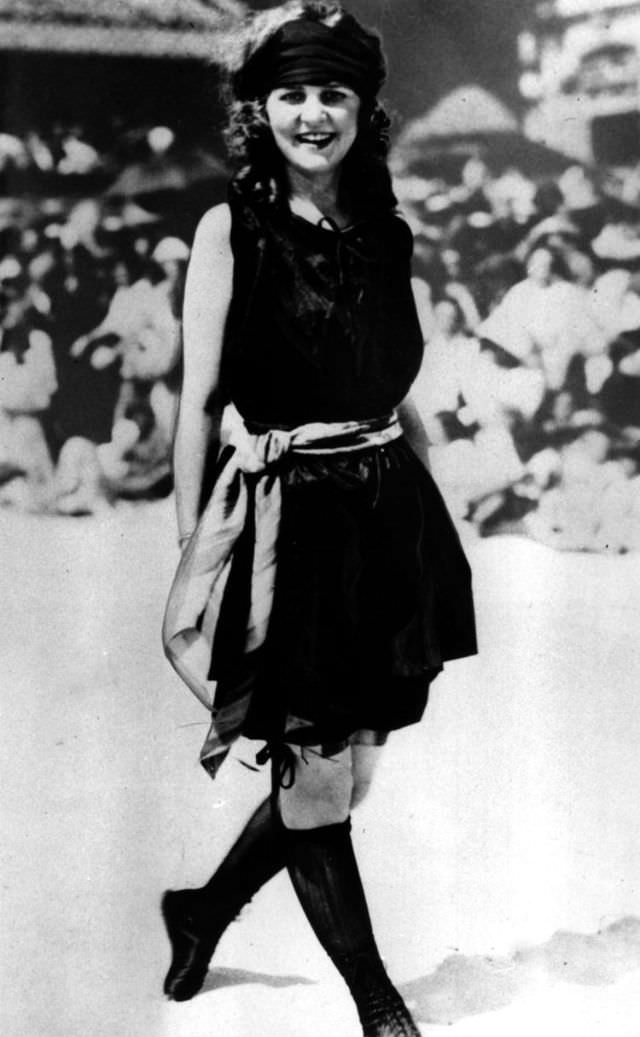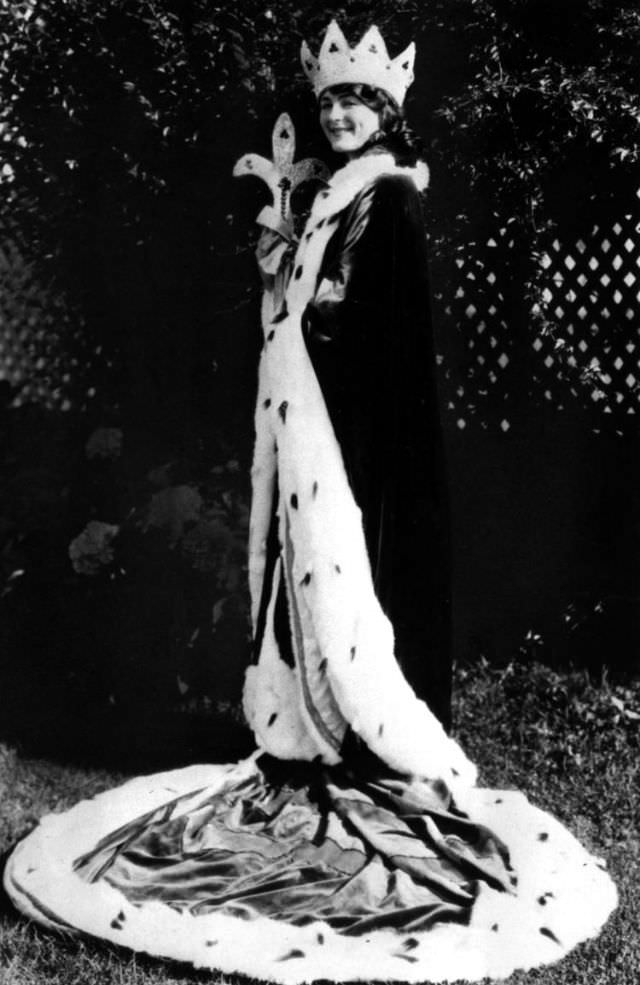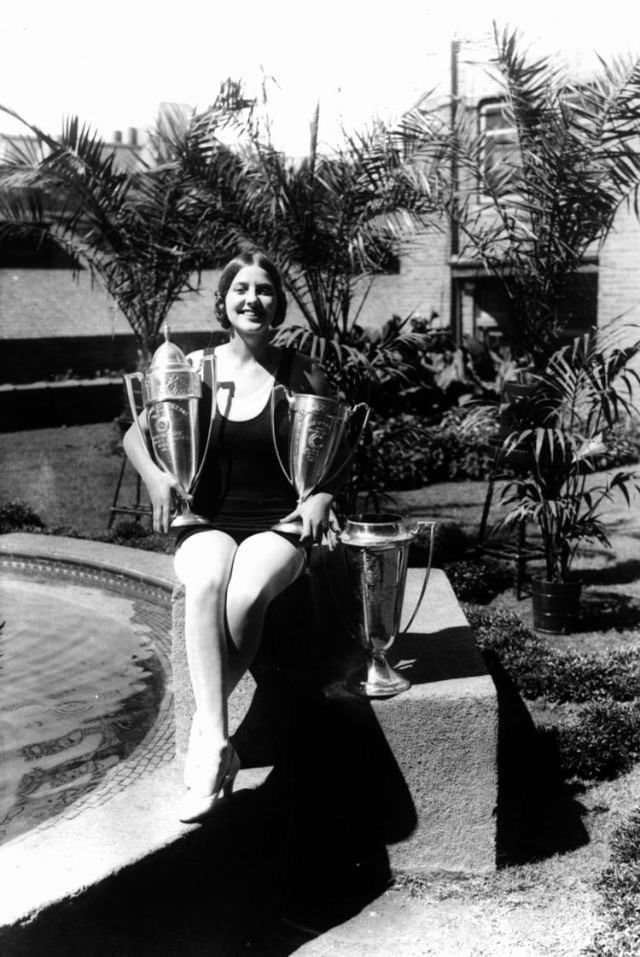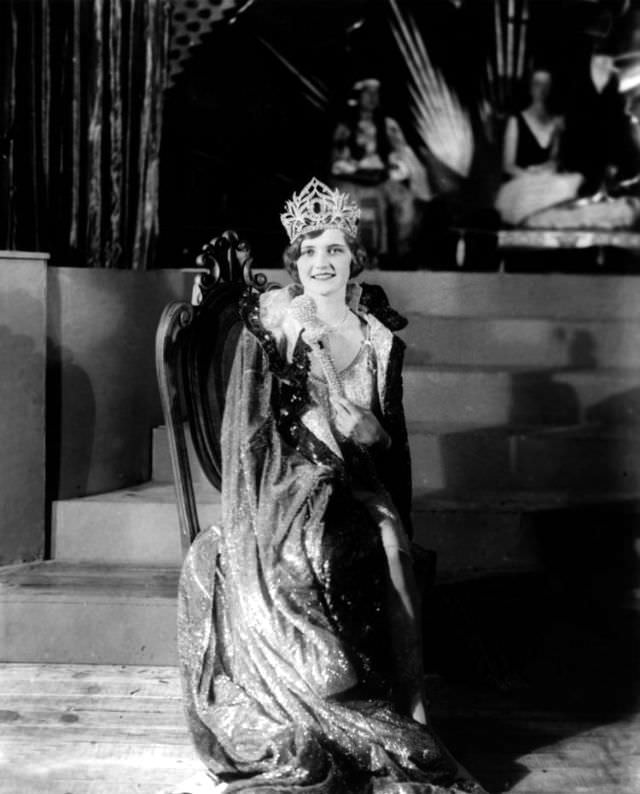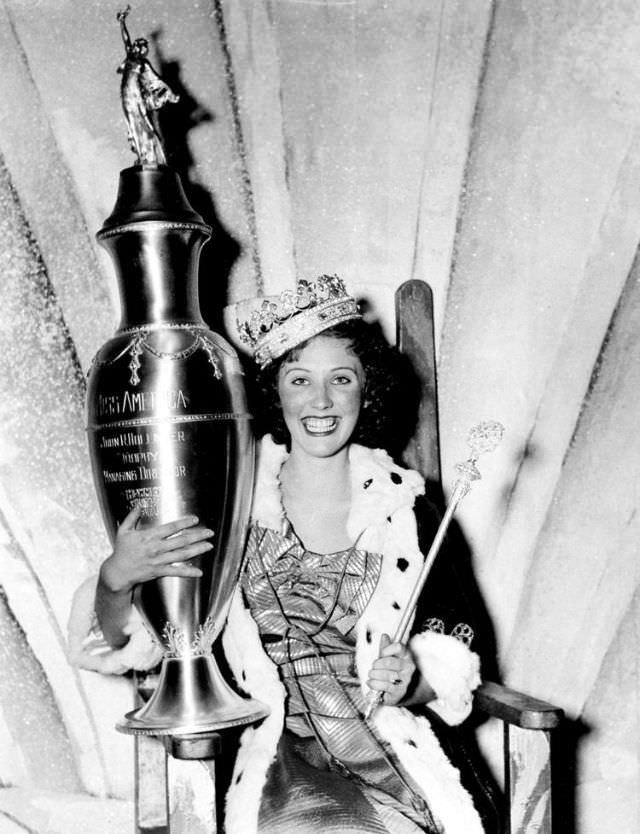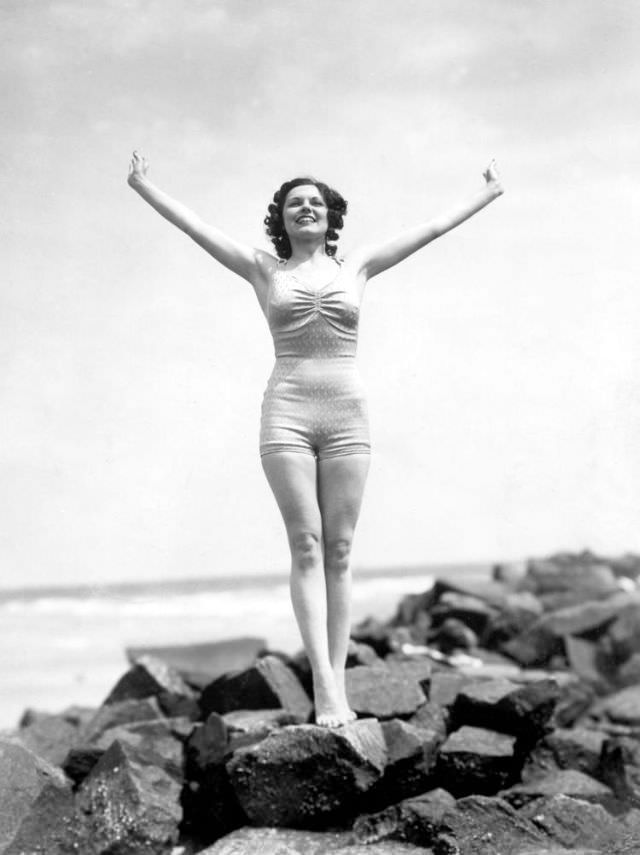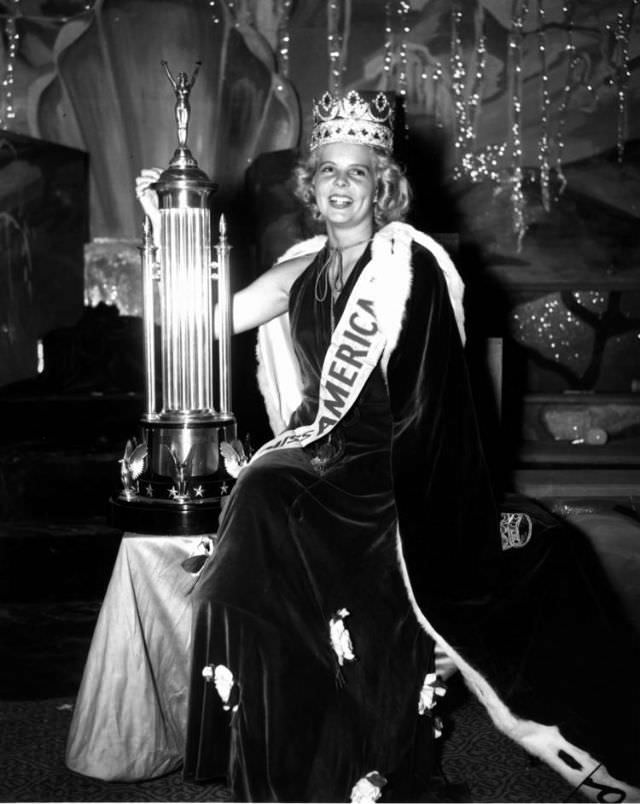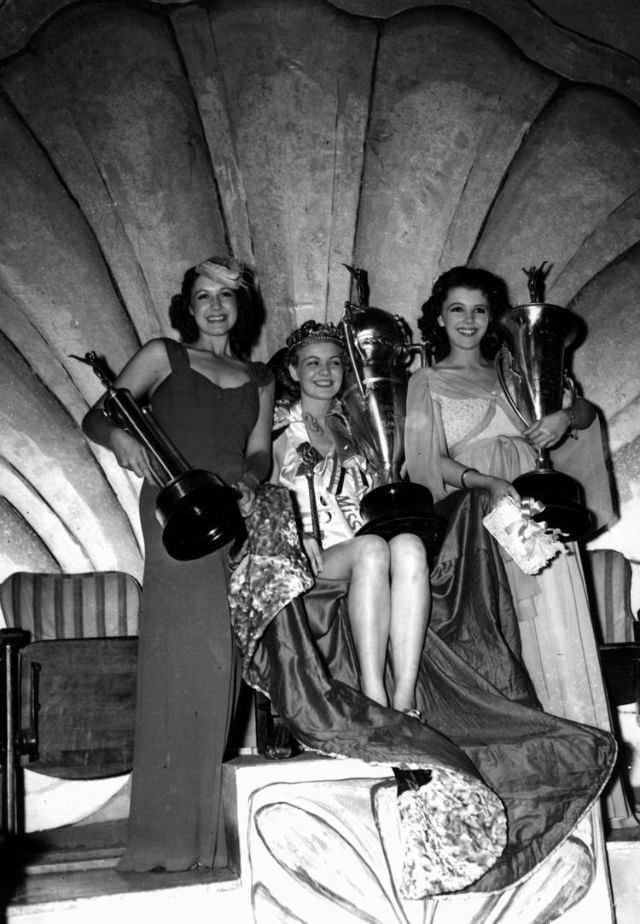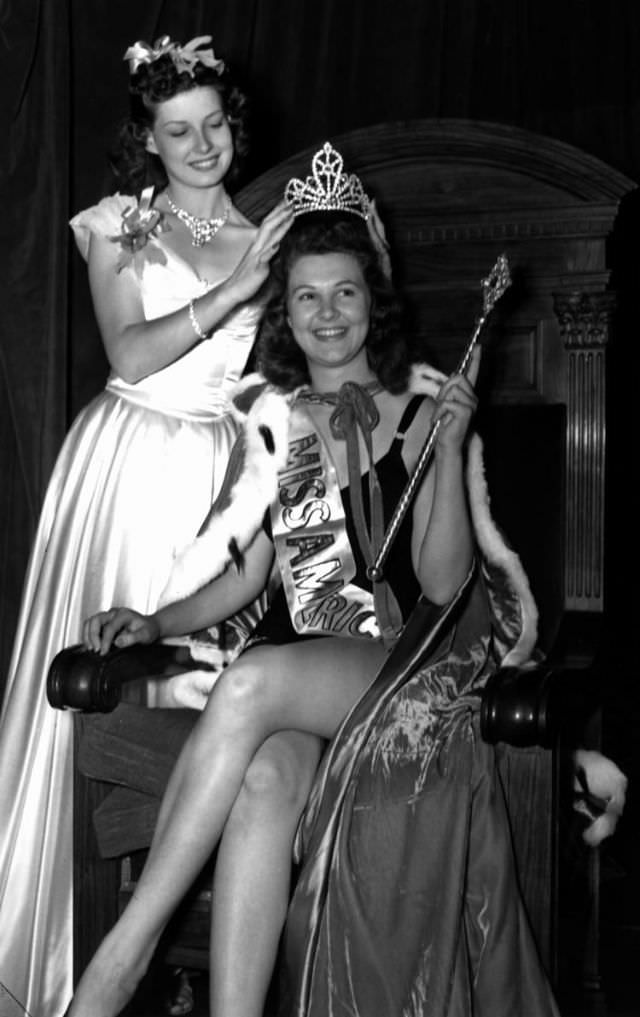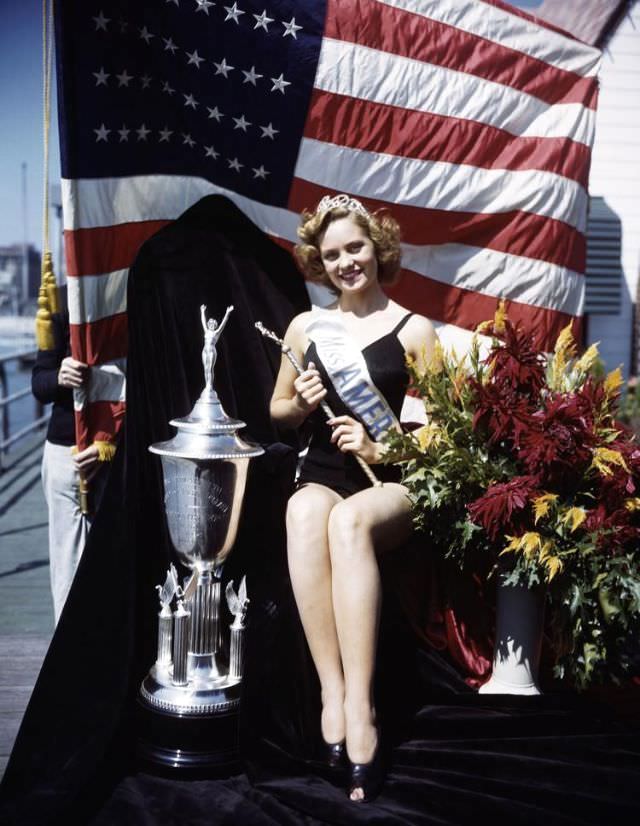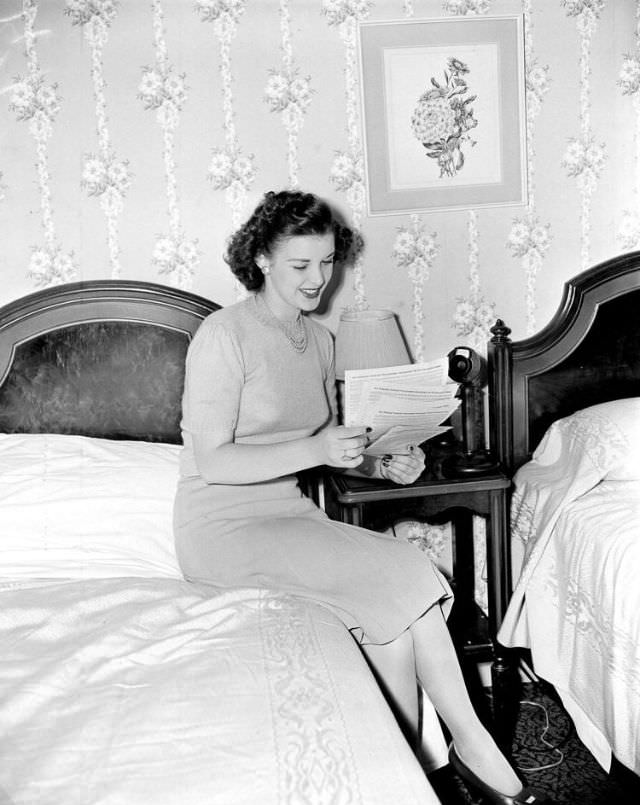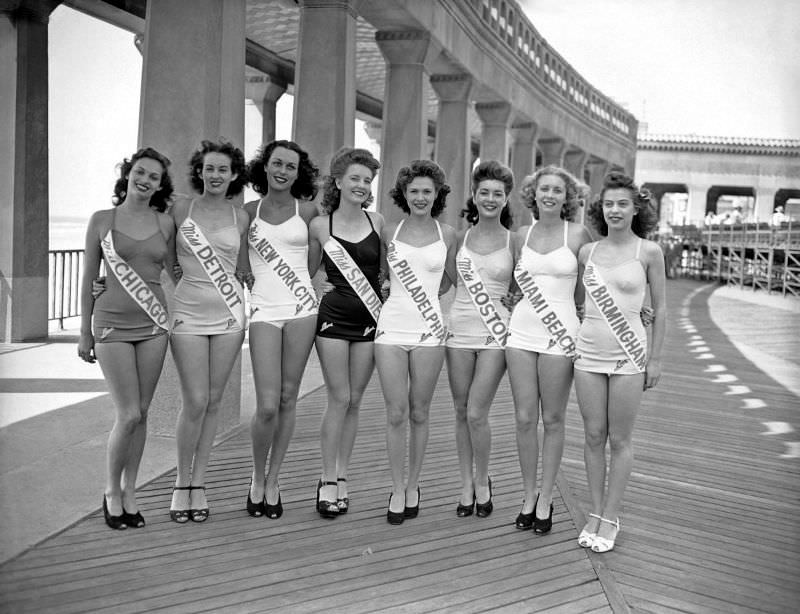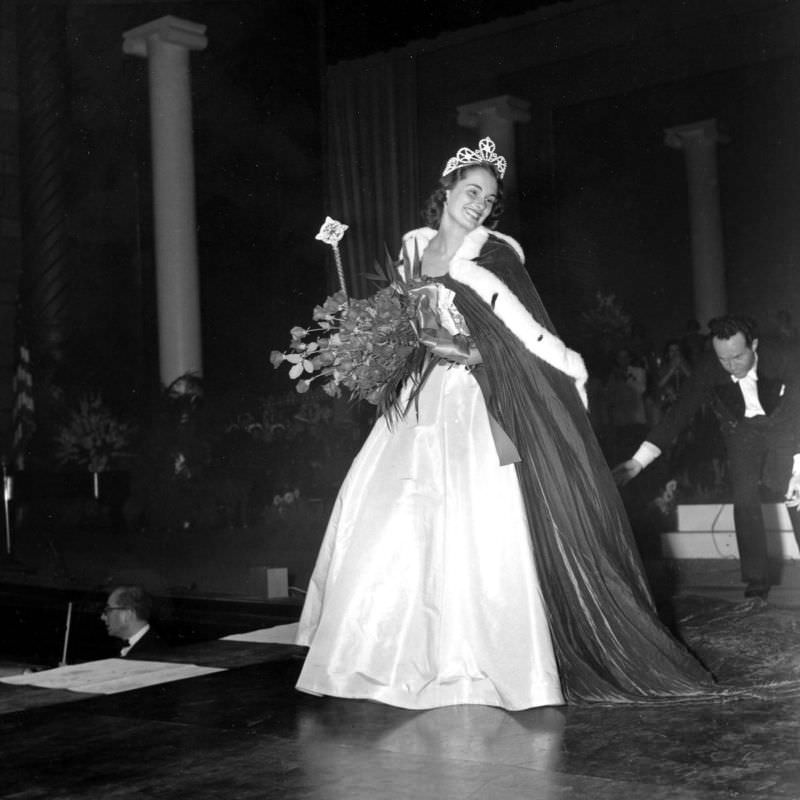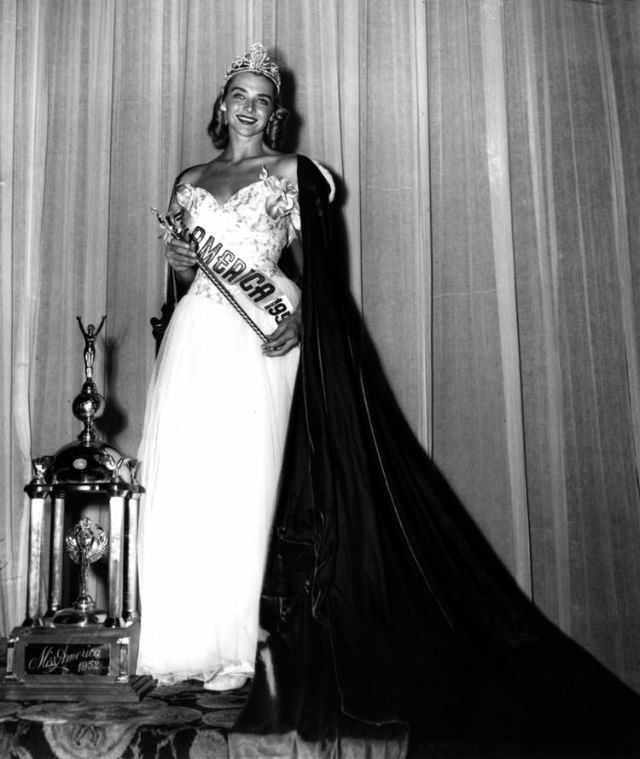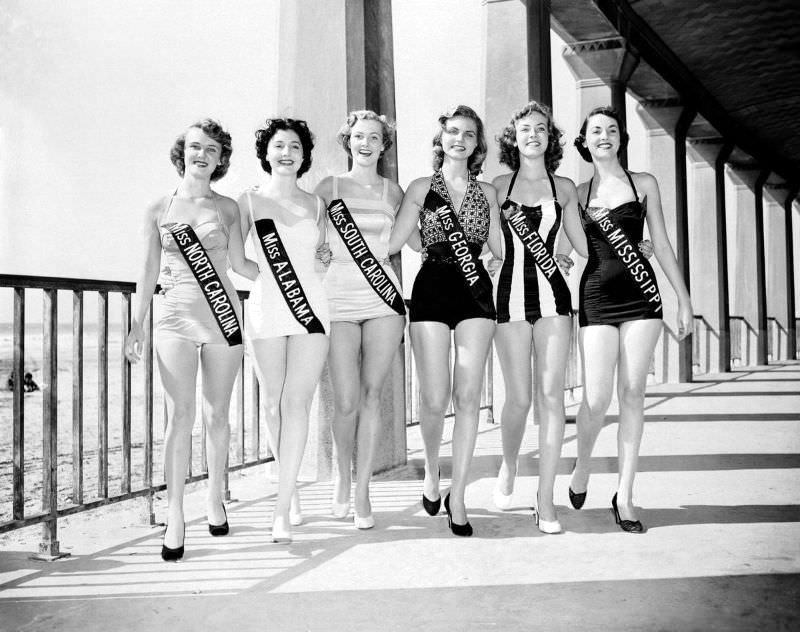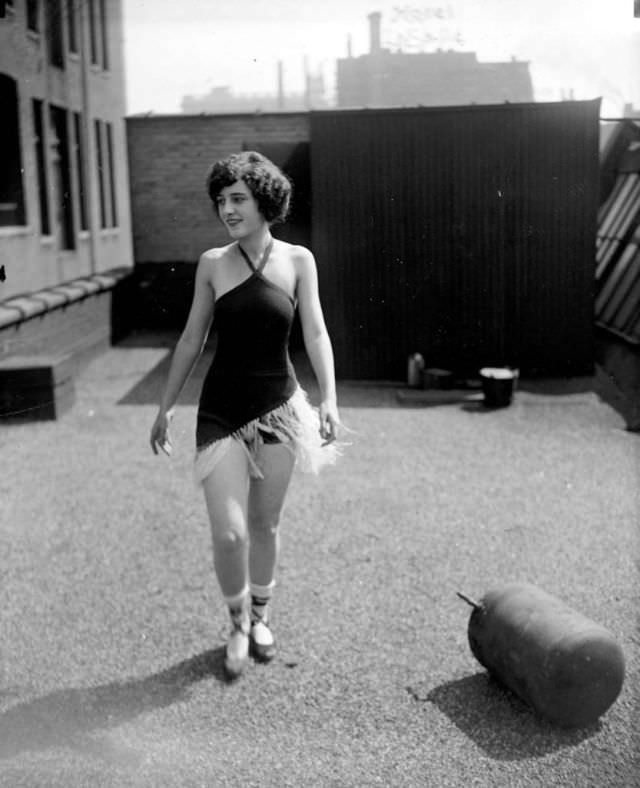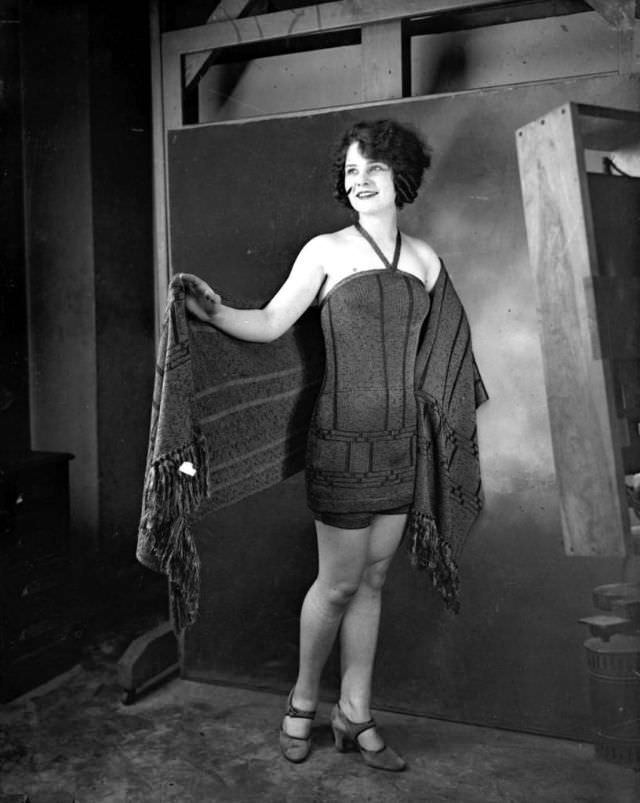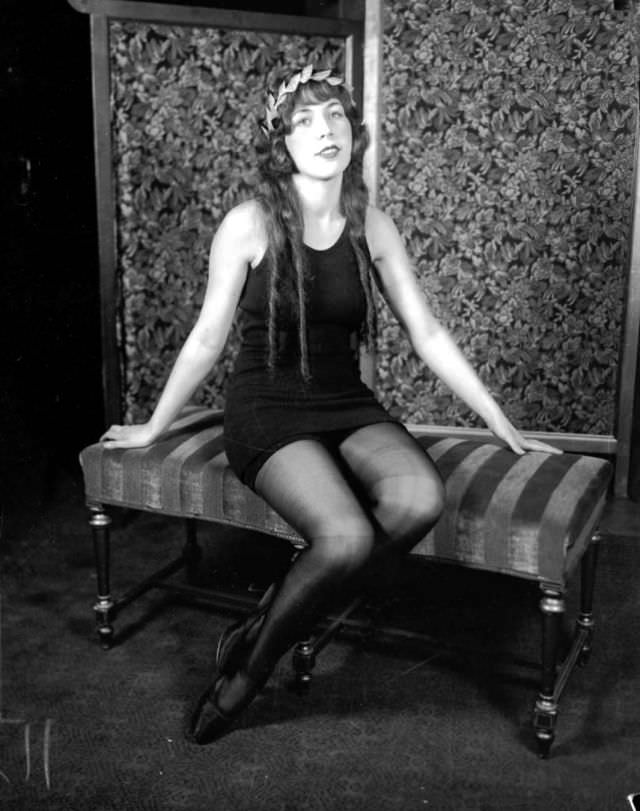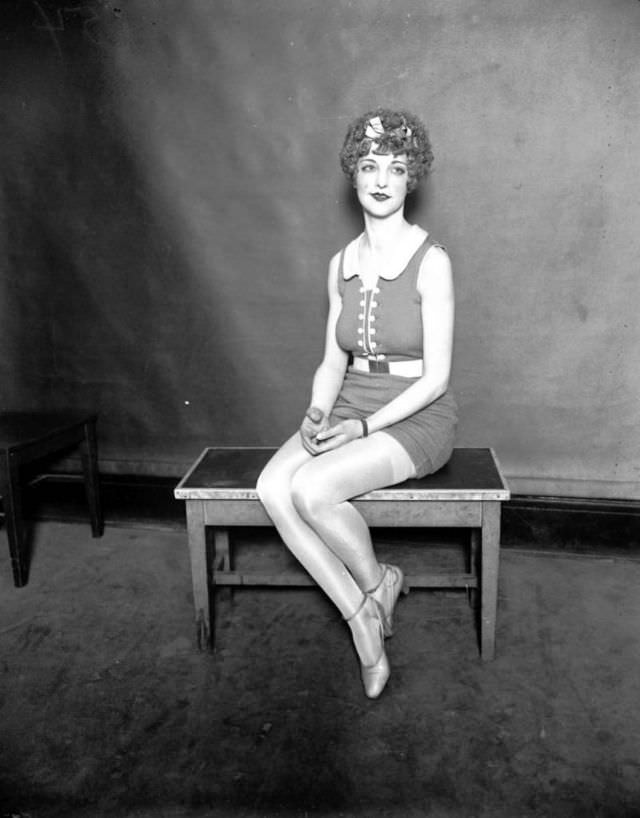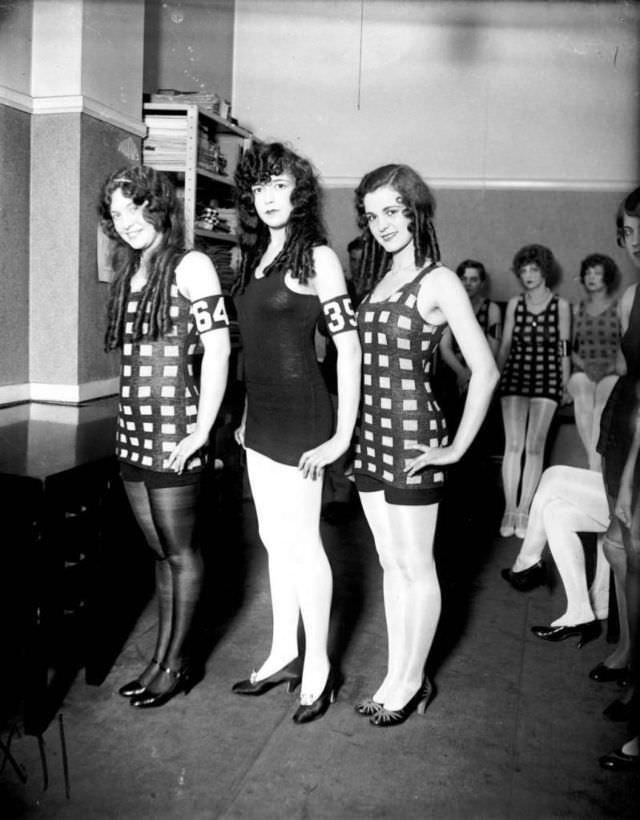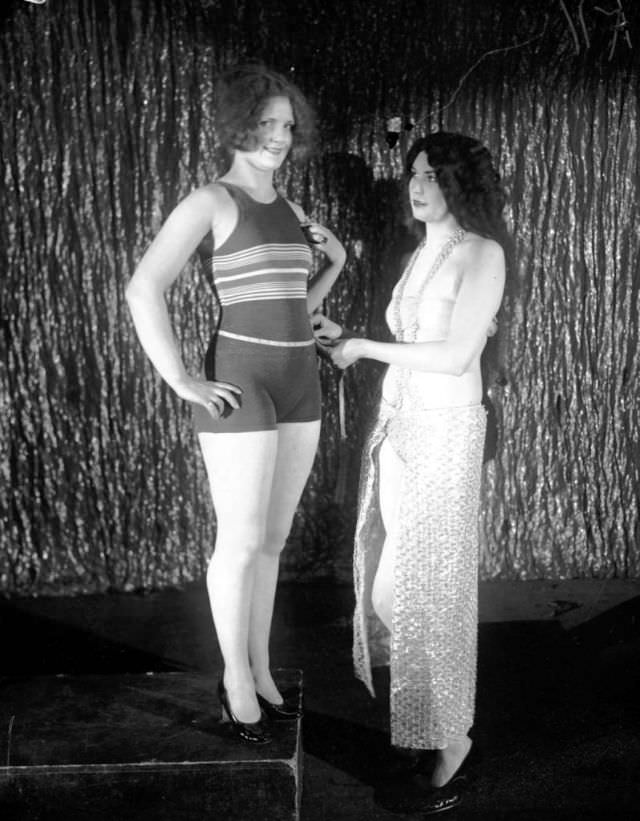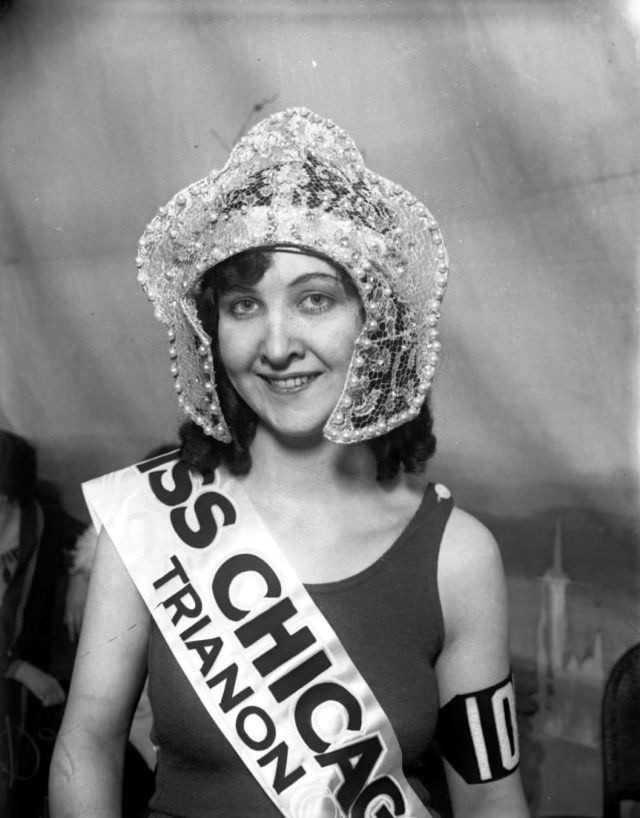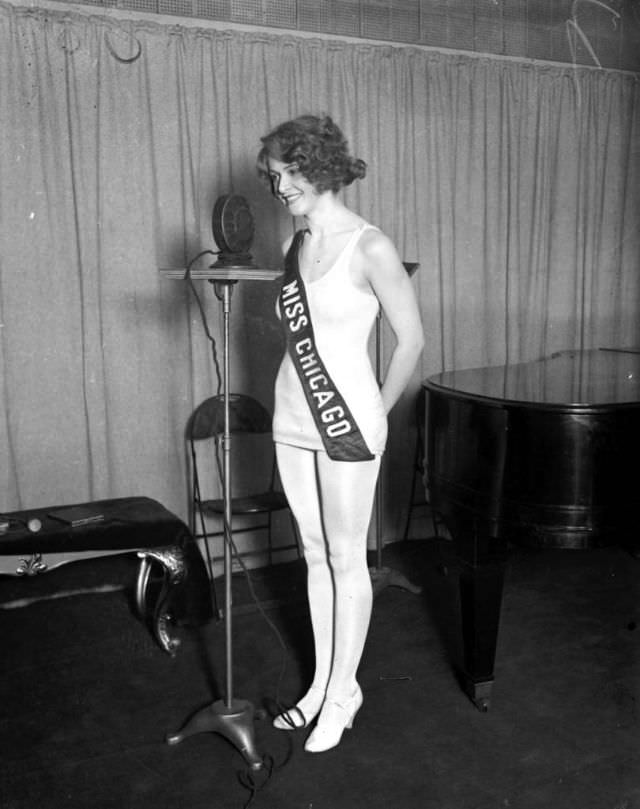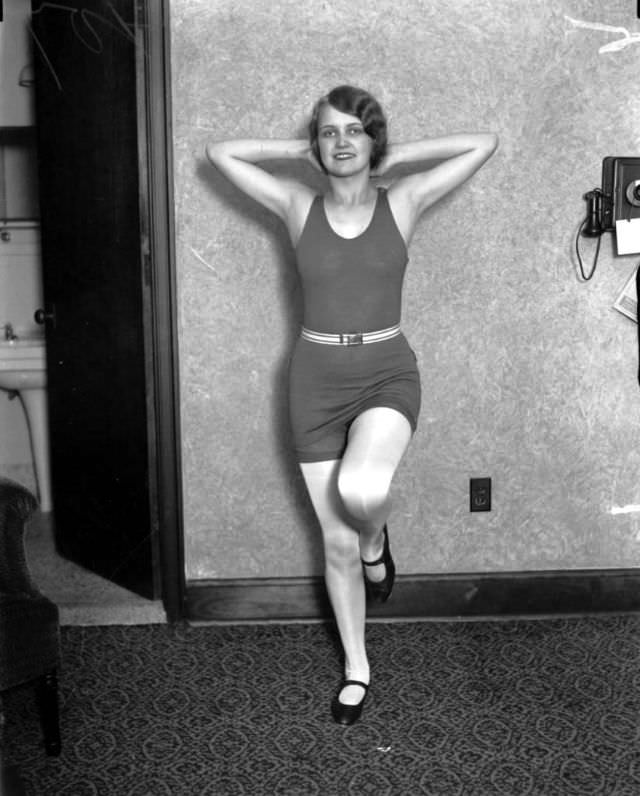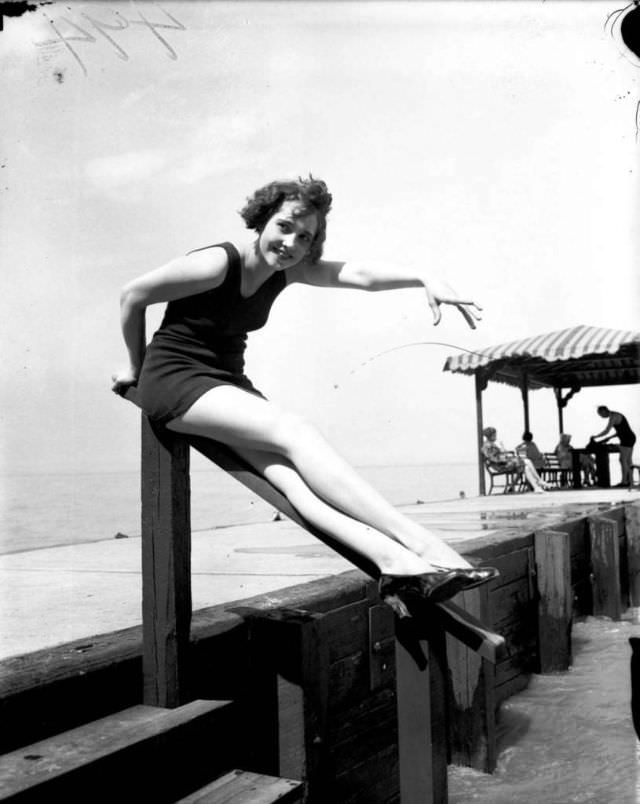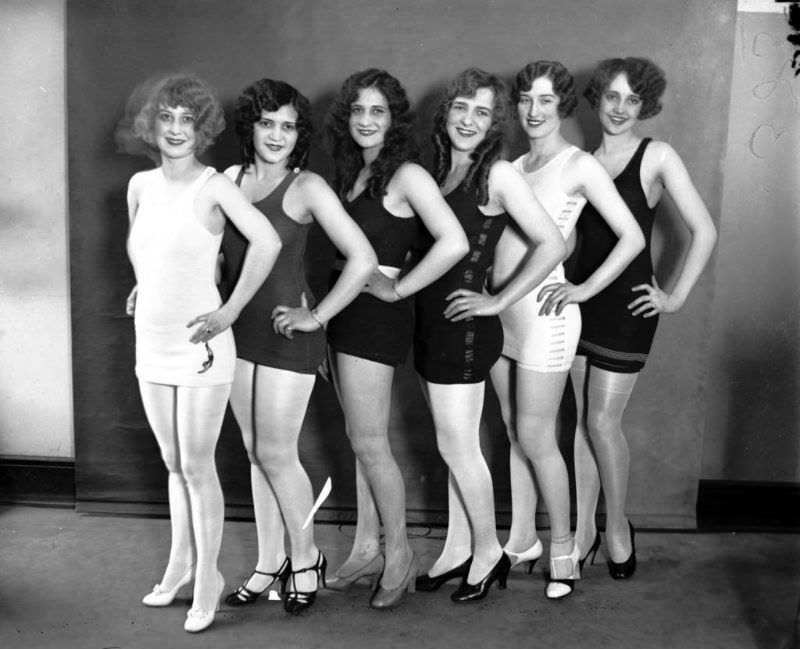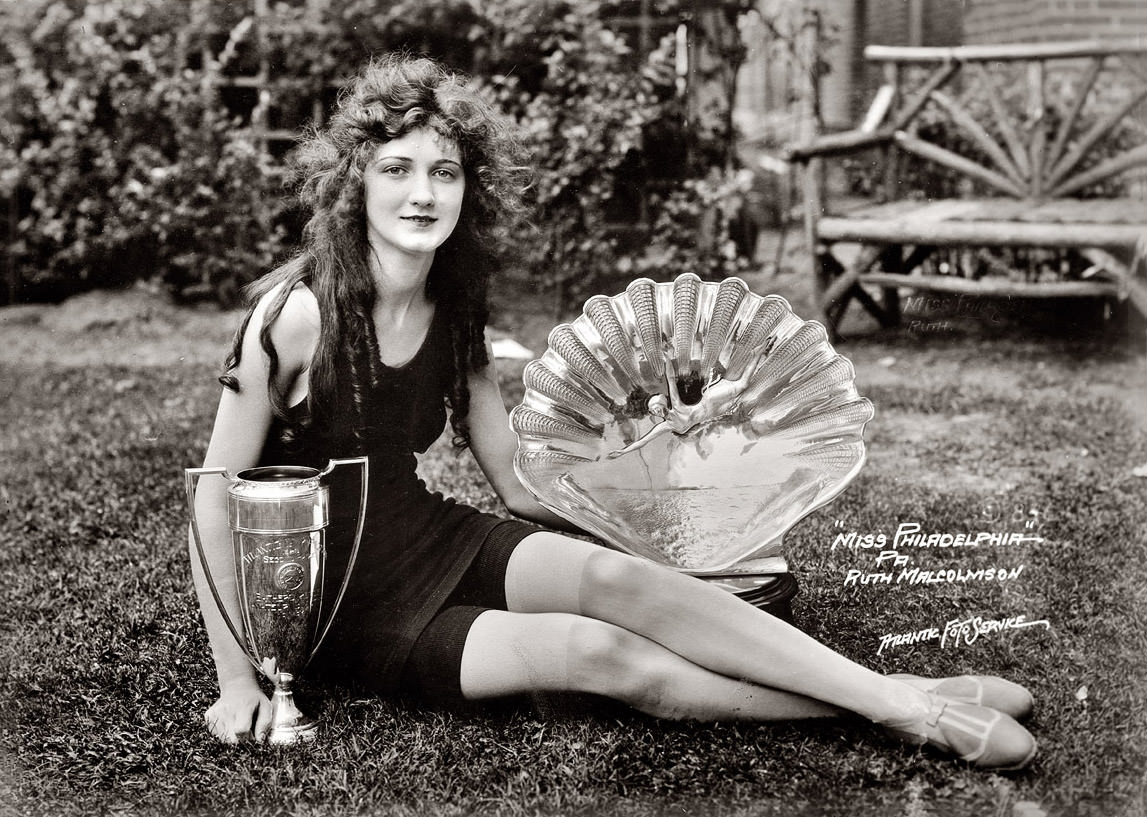The Miss America beauty pageant, an event deeply woven into the cultural tapestry of the United States, has been a source of fascination, pride, and controversy since its inception. From its early days in the 1900s to the transformative era of the 1940s, the pageant was not just a competition but a reflection of societal norms, expectations, and the evolving roles of women in American society.
The Humble Beginnings
Contrary to what many might assume, the Miss America pageant did not start as the glamorous event we know today. In 1921, to extend the summer tourist season beyond Labor Day, the Businessmen’s League of Atlantic City decided to host a “Fall Frolic.” Central to this event was the “Inter-City Beauty” contest, where young women competed not just for the crown, but for the honor of representing their locales.
The first winner, 16-year-old Margaret Gorman, was crowned the “Golden Mermaid.” Little did Gorman know, her “mermaid” title would soon transform into “Miss America,” and a national tradition was born.
A Nation’s Values Reflected
The pageant quickly evolved, adding more components to what was initially just a bathing beauty contest. The talent segment was introduced, and contestants were expected to display intelligence, poise, and adherence to the moral standards of the day.
However, the Miss America pageant also mirrored the prejudices and norms of its times. It was predominantly white, and rules in the early years were explicit about the contestants’ racial background. As a sign of those times, the rulebook stated, “contestants must be of good health and of the white race.” This exclusion was a glaring reflection of the racial segregation and biases of the period.
The Pageant Through War and Hardships
The pageant took a serious turn during the Great Depression and World War II. It faced financial hardships during the 1930s, even halting from 1935 to 1937, but returned with vigor in 1938. As the United States entered WWII, the pageant transformed into a platform for promoting war bonds and patriotism.
The contestants’ roles also evolved during these challenging times. They were now symbols of not just beauty and grace but also of strength, resilience, and patriotism, embodying the American spirit during the war. The pageant itself contributed to the war effort, with participants actively involved in selling war bonds, and the competition often featured military-inspired elements.


